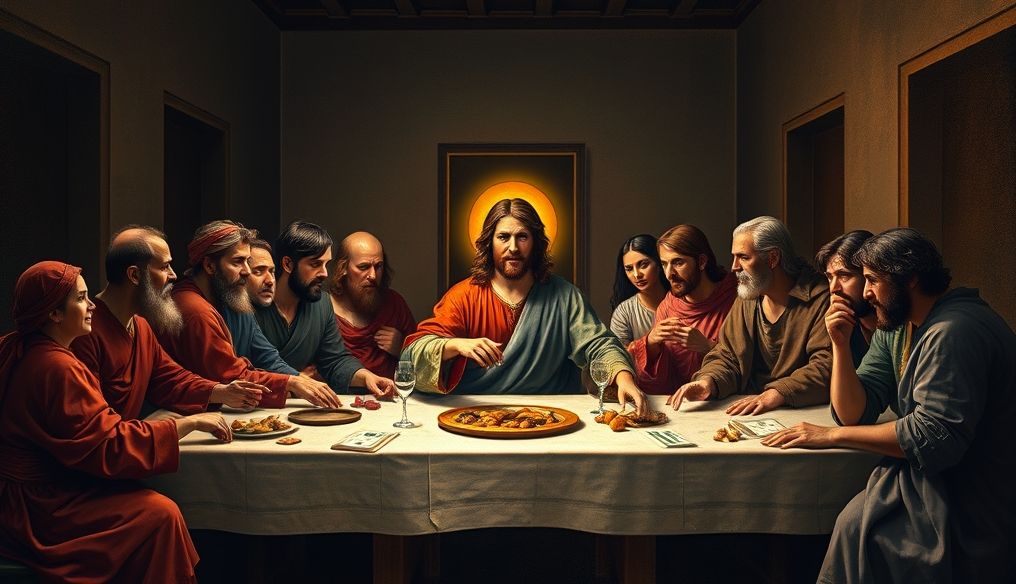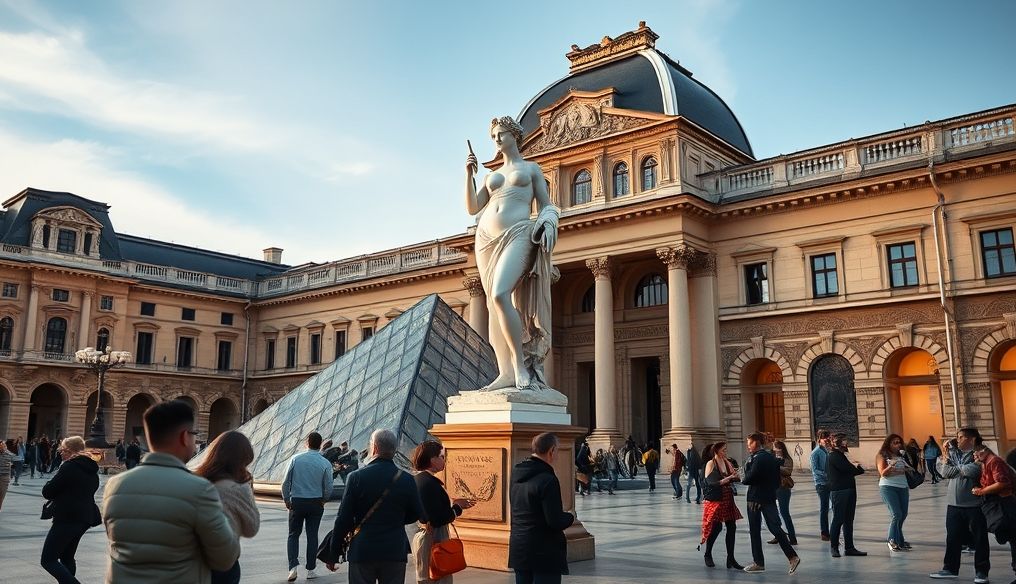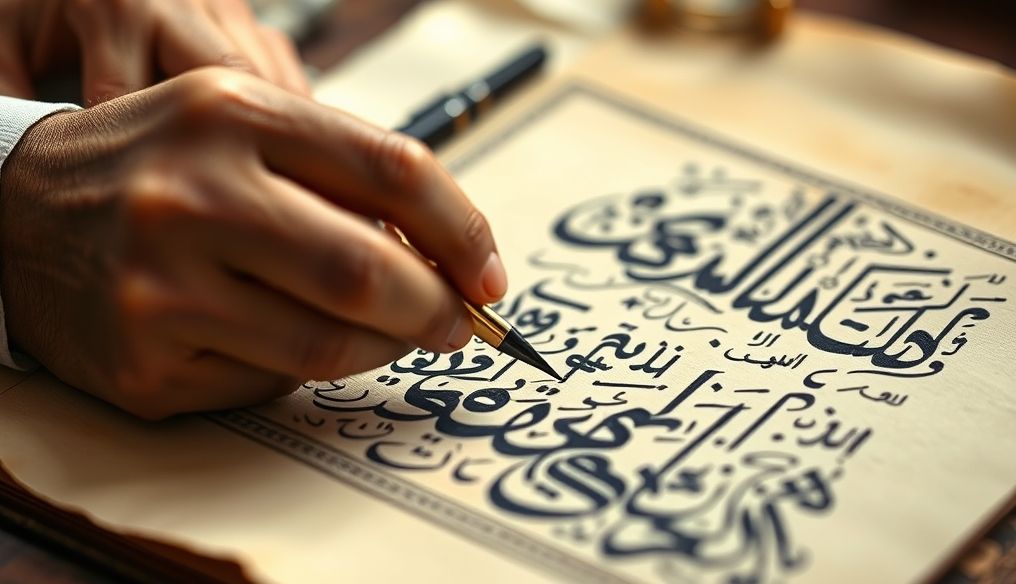What are Leonardo da Vinci's Most Famous Paintings Besides the Mona Lisa?
Leonardo da Vinci, a name that resonates through the halls of history as a symbol of absolute genius. An artist, scientist, engineer, and inventor, da Vinci left his mark on many fields. While the Mona Lisa remains his most famous work of all time, the list of his masterpieces far exceeds this iconic painting. In this article, we will explore some of da Vinci's other famous paintings, delve into their artistic and historical details, and reveal the reasons that have made them timeless works of art.
1. The Last Supper
The Last Supper, painted by da Vinci between 1495 and 1498, is considered a masterpiece that embodies the moment when Jesus Christ announced the betrayal of one of his disciples. It was painted on the wall of the Santa Maria delle Grazie monastery in Milan and is a huge mural about 4.6 meters high and 8.8 meters wide.
Significance of The Last Supper:
- Masterful Composition: Christ appears in the center, surrounded by his twelve disciples, who show different reactions to Christ's announcement.
- Innovative Technique: Da Vinci used a new technique in mural painting, which led to the deterioration of the painting over time, but it has undergone extensive restorations to restore its luster.
- Expression of Emotions: Da Vinci embodies human emotions realistically, from astonishment and fear to anger and confusion.
2. The Virgin of the Rocks
There are two versions of the Virgin of the Rocks, the first on display at the Louvre Museum in Paris, and the other at the National Gallery in London. The painting depicts the Virgin Mary and the infant Jesus, as well as John the Baptist and an angel, in a rocky cave.
Differences between the two versions:
- Louvre Version: Features warmer colors and fine details, and is believed to be the original version.
- London Version: Features cooler colors and fewer details, and is believed to be a later version or the work of the da Vinci workshop.
Significance of the Virgin of the Rocks:
- Mystery and Spirituality: The rocky cave creates an atmosphere of mystery and spirituality, enhancing the aesthetic of the painting.
- Use of Light and Shadow: Da Vinci masters the use of light and shadow to highlight details and add depth to the painting.
- Triangular Composition: Da Vinci relies on the triangular composition, which is considered one of the classic techniques in painting, to give balance and stability to the painting.
3. The Virgin and Child with Saint Anne
This painting depicts the Virgin Mary sitting on the lap of her mother, Saint Anne, while the infant Jesus is playing with a small lamb. The painting is considered an unfinished masterpiece, but it still embodies da Vinci's genius.
Significance of The Virgin and Child with Saint Anne:
- Dynamic Composition: The composition shows movement and dynamism, as the three characters interact with each other naturally.
- Soft Lines: Da Vinci uses soft and delicate lines to give the painting softness and tenderness.
- Expression of Family Relationship: The painting embodies the close relationship between mother, daughter, and grandson, giving it a human character.
4. Saint John the Baptist
This painting depicts John the Baptist, pointing his finger to the sky, and smiling a mysterious smile. The painting is one of da Vinci's last works, and is characterized by its unique style.
Significance of Saint John the Baptist:
- Mysterious Smile: The smile of John the Baptist is similar to the smile of the Mona Lisa, raising questions about its meaning.
- Use of Light and Shadow: Da Vinci uses light and shadow to highlight facial features and add depth to the painting.
- Expression of Spirituality: John the Baptist embodies spirituality and devotion, making the painting impactful and inspiring.
5. Lady with an Ermine
This painting depicts Cecilia Gallerani, mistress of Ludovico Sforza, Duke of Milan, holding a white ermine. The painting is considered one of the most beautiful portraits painted by da Vinci.
Significance of Lady with an Ermine:
- Realism: Da Vinci embodies the features of Cecilia Gallerani realistically and accurately, making her look alive.
- Expression of Personality: The white ermine reflects purity and beauty, while Cecilia's look reflects intelligence and mystery.
- Elegant Composition: The composition is characterized by elegance and sophistication, reflecting Cecilia's social status.
6. Annunciation
This painting depicts the moment when the angel Gabriel announces to the Virgin Mary that she will conceive Jesus Christ. The painting is one of da Vinci's early works, and shows the influences of his master, Andrea del Verrocchio.
Significance of Annunciation:
- Classical Beauty: The painting is characterized by classical beauty and balance, reflecting the influences of Renaissance art.
- Expression of Astonishment: Da Vinci embodies the Virgin Mary's astonishment at the angel's announcement realistically.
- Fine Details: Da Vinci pays attention to fine details, such as the folds of clothes and facial expressions, which give the painting realism and beauty.
7. Sforza Horse
Although da Vinci did not complete this massive project, his designs and drawings show his genius in sculpture. The statue was supposed to be a memorial to Francesco Sforza, father of Ludovico Sforza, Duke of Milan.
Significance of Sforza Horse:
- Engineering Ambition: The statue would have been the largest horse statue in the world, reflecting da Vinci's engineering and artistic ambition.
- Anatomical Details: Da Vinci shows a deep knowledge of horse anatomy, giving the design realism and accuracy.
- Inspiration for Future Generations: Despite not being completed, da Vinci's design inspired many artists and sculptors in later generations.
8. The Battle of Anghiari
This huge mural, painted by da Vinci in the Hall of the Great Council in the Palazzo Vecchio in Florence, was intended to depict the Battle of Anghiari, a battle in which Florence triumphed over Milan in 1440. Unfortunately, the painting was never completed, and was subsequently lost, but da Vinci's preparatory drawings give us a glimpse of its potential splendor.
Significance of The Battle of Anghiari:
- Dynamism and Movement: The preparatory drawings show intense dynamism and movement, reflecting the power and violence of the battle.
- Expression of Emotions: Da Vinci embodies human emotions, such as anger and fear, realistically and impactfully.
- Innovative Technique: Da Vinci used a new technique in mural painting, but it was not successful, leading to the deterioration of the painting.
Conclusion
Leonardo da Vinci was not just a painter, but a multi-talented genius. His paintings, other than the Mona Lisa, testify to his superior ability to embody human emotions, his mastery of the use of light and shadow, and his creativity in composition and design. By exploring these masterpieces, we can truly appreciate da Vinci's genius and importance in the history of art.
Additional Tips:
- Visit museums that display da Vinci's original works to enjoy them directly.
- Read books and articles about da Vinci's life and works to gain a deeper understanding of their historical and artistic context.
- Watch documentaries about da Vinci's life and works.
- Participate in workshops or training courses to learn more about the painting techniques used by da Vinci.




